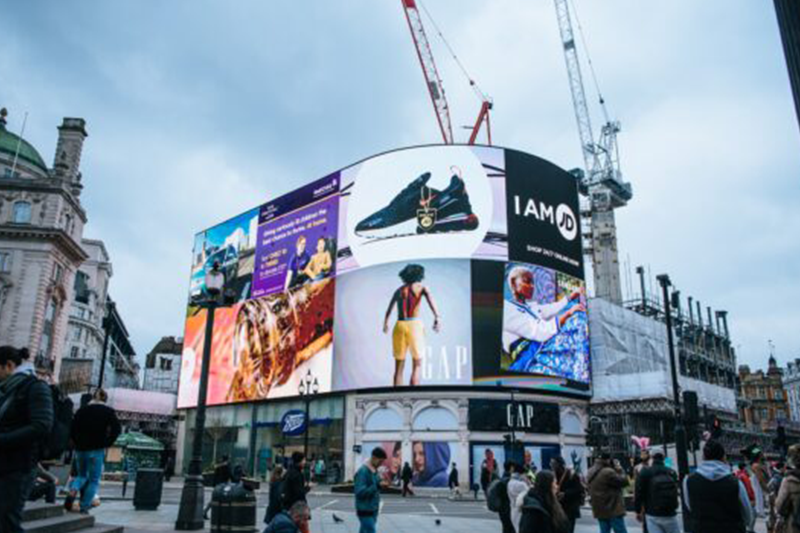In an era where capturing consumer attention is more challenging than ever, augmented reality (AR) is breathing new life into the world of advertising. Traditional billboards are evolving, transforming static displays into dynamic, interactive experiences that engage audiences in unprecedented ways. This article delves into how AR is reshaping signage and advertising, creating immersive brand experiences.
The Evolution of Billboards
Billboards have long been a staple of outdoor advertising, offering brands a powerful platform to reach large audiences. However, the rise of digital technology has paved the way for AR-enabled billboards, blending physical and virtual worlds.
What is AR in Advertising?
AR overlays digital content onto the physical environment, allowing users to interact with ads through their smartphones or AR glasses. This technology turns passive viewing into active engagement, making advertisements memorable and impactful.
Key Benefits of AR-Integrated Signage
Enhanced Engagement
AR advertisements captivate audiences by inviting them to interact with the content. For example, a clothing brand might allow users to visualize how an outfit looks on them using AR-enabled billboards.
Personalization
Brands can tailor AR experiences to individual users, creating customized interactions based on preferences and behaviors. This level of personalization fosters deeper connections with consumers.
Data Insights
AR signage can collect valuable data on user interactions, helping brands refine their marketing strategies. Metrics such as time spent on interaction and engagement rates provide actionable insights.
Real-World Applications
Retail and Fashion
Retail brands are using AR billboards to let consumers try on products virtually. For instance, a cosmetics company might enable users to test different shades of lipstick by simply pointing their phone at a billboard.
Entertainment
The entertainment industry leverages AR to promote movies, concerts, and events. Interactive trailers and ticket-purchasing options directly from the billboard create a seamless user experience.
Tourism
Tourism boards are employing AR to showcase destinations. A traveler might scan a billboard to see a 360-degree view of a landmark or receive curated travel itineraries.
Challenges and Opportunities
While the potential of AR in advertising is immense, challenges such as high implementation costs and the need for widespread AR adoption remain. However, as technology becomes more accessible, the opportunities for brands to innovate and connect with audiences will only grow.
Conclusion
AR is more than just a technological novelty; it is the future of advertising. By transforming traditional billboards into interactive canvases, AR not only enhances consumer experiences but also redefines how brands communicate their stories. The rise of AR in signage marks the beginning of a new era in advertising, one where creativity meets technology to captivate the modern consumer.




